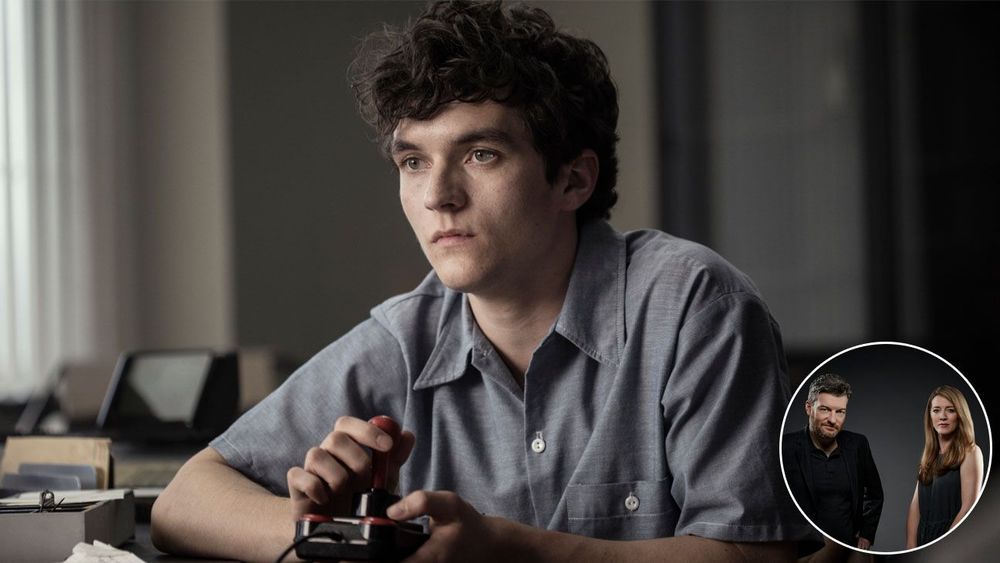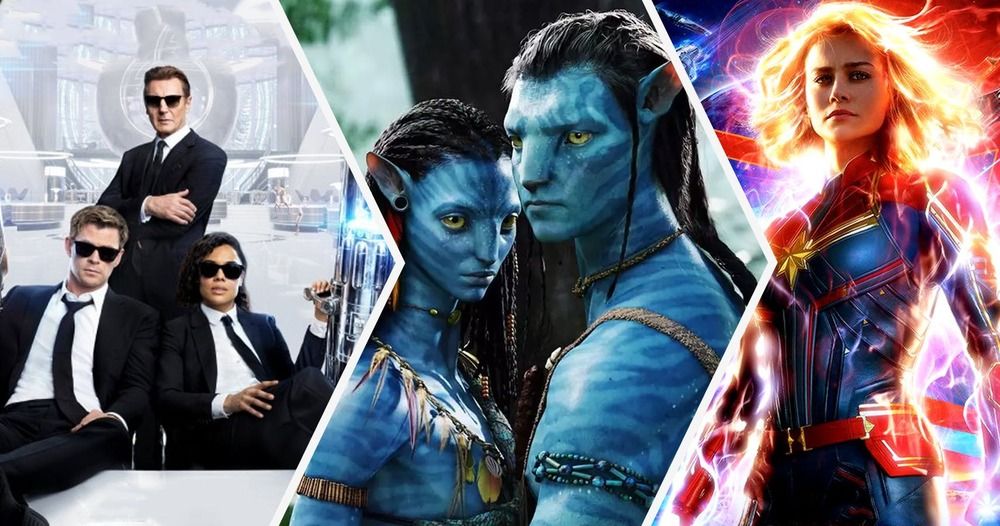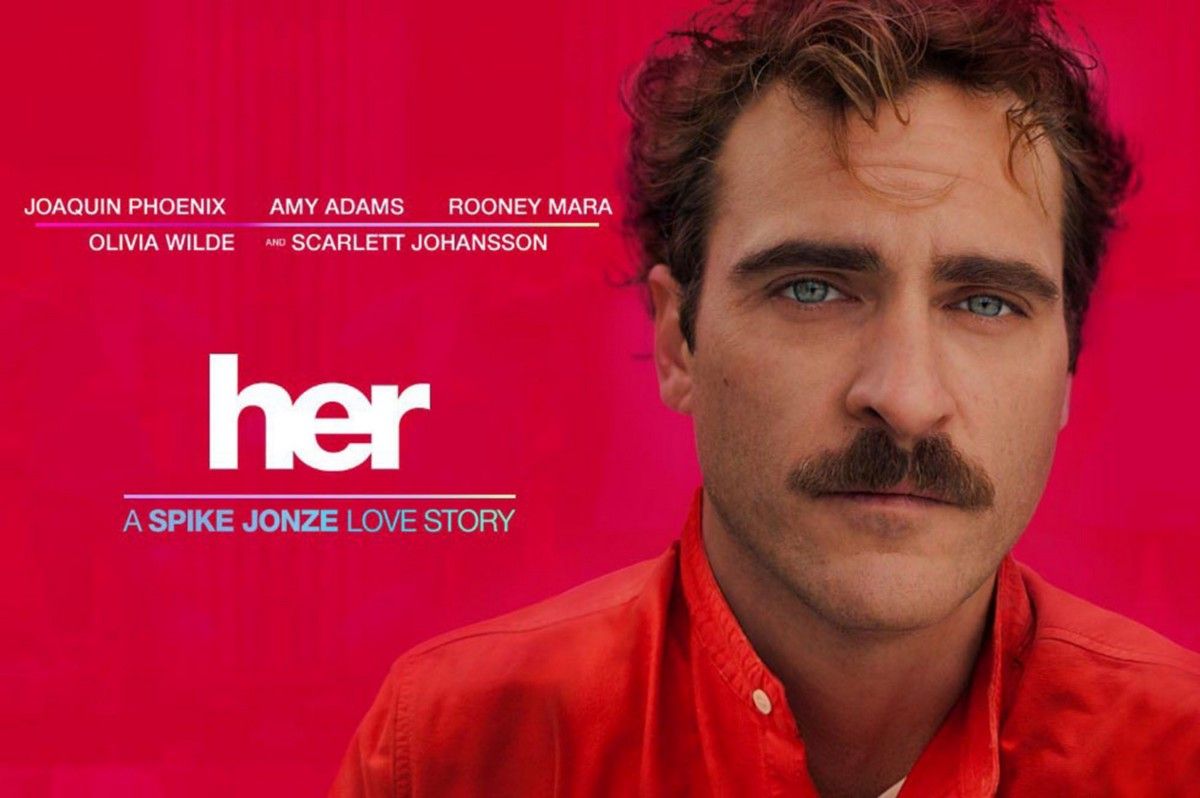Neuroscientists have successfully hooked up a three-way brain connection to allow three people to share their thoughts – and in this case, play a Tetris-style game.
The team thinks this wild experiment could be scaled up to connect whole networks of people, and yes, it’s as weird as it sounds.
It works through a combination of electroencephalograms (EEGs), for recording the electrical impulses that indicate brain activity, and transcranial magnetic stimulation (TMS), where neurons are stimulated using magnetic fields.







